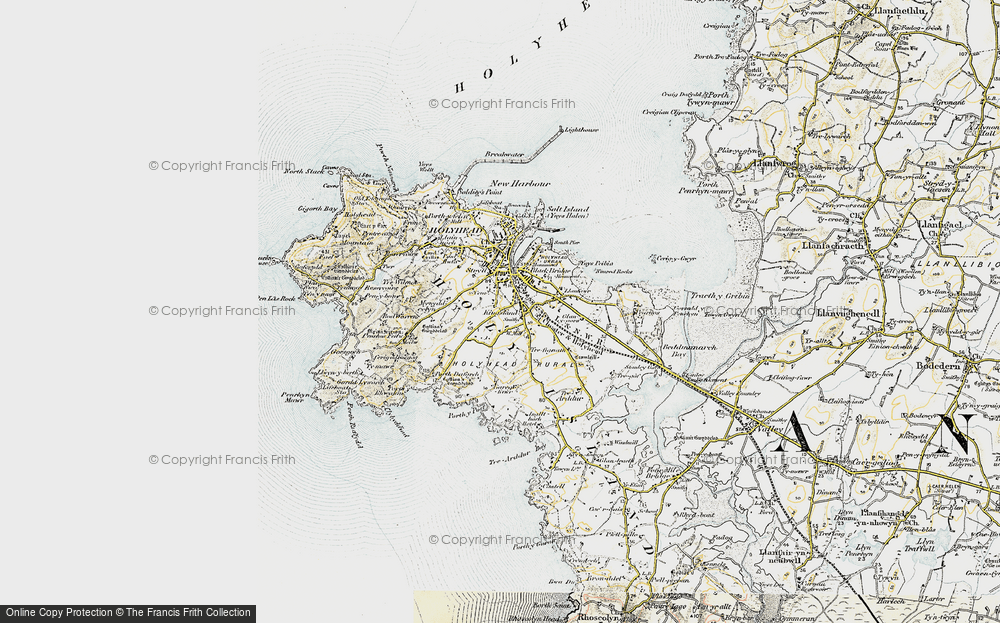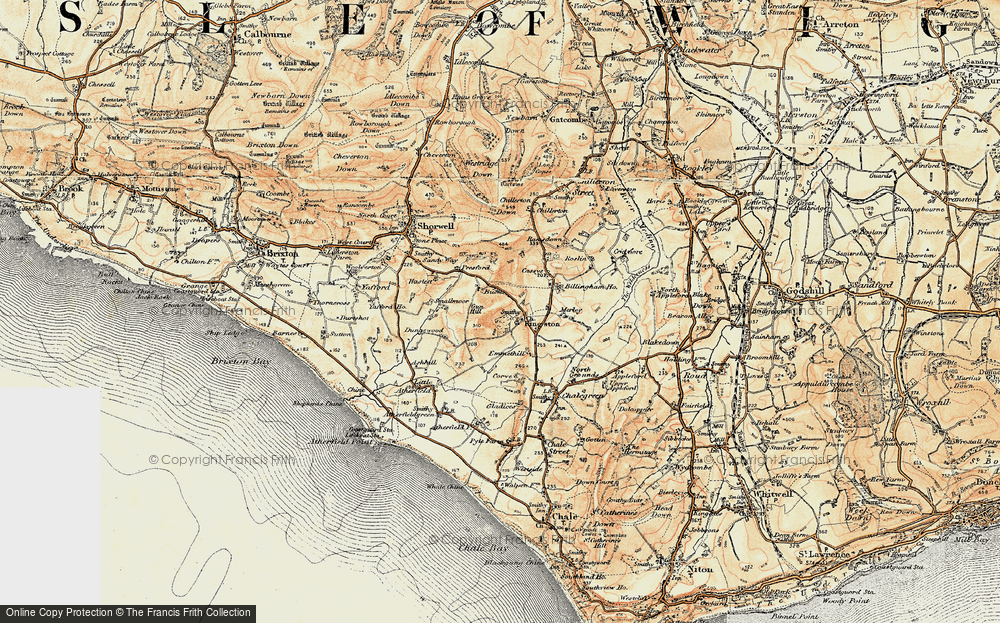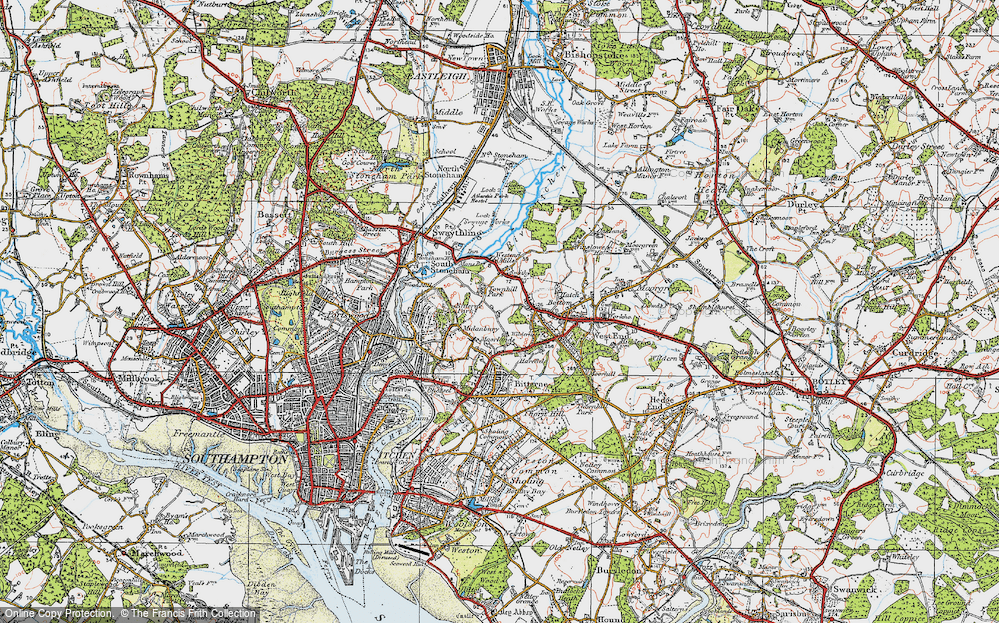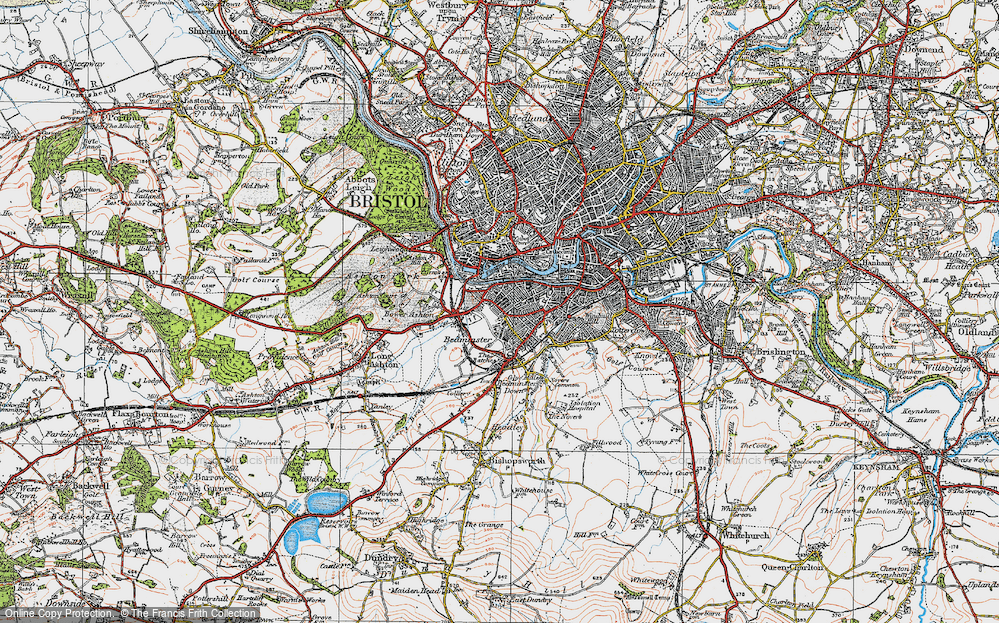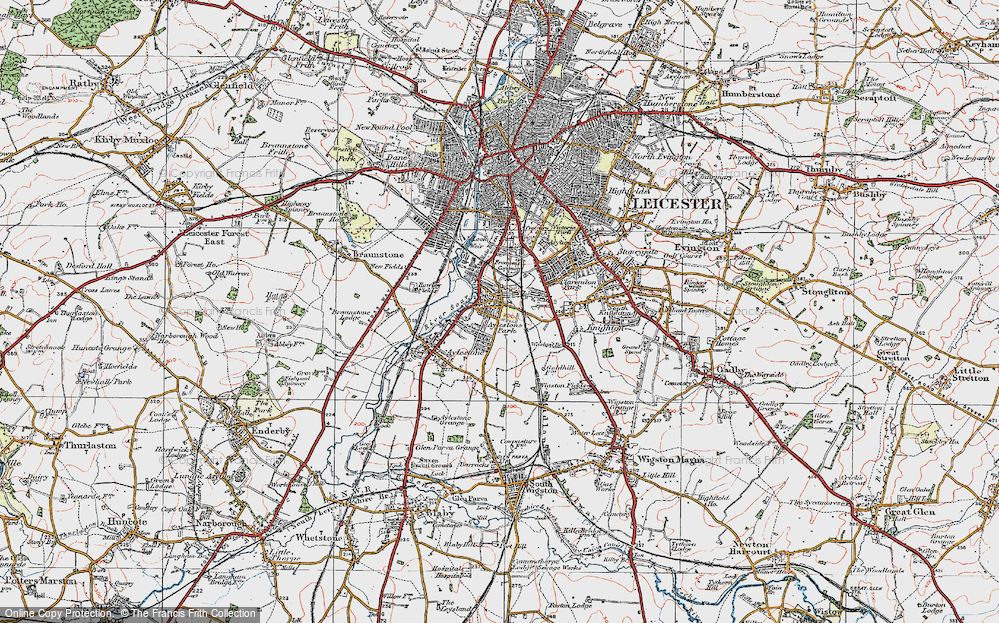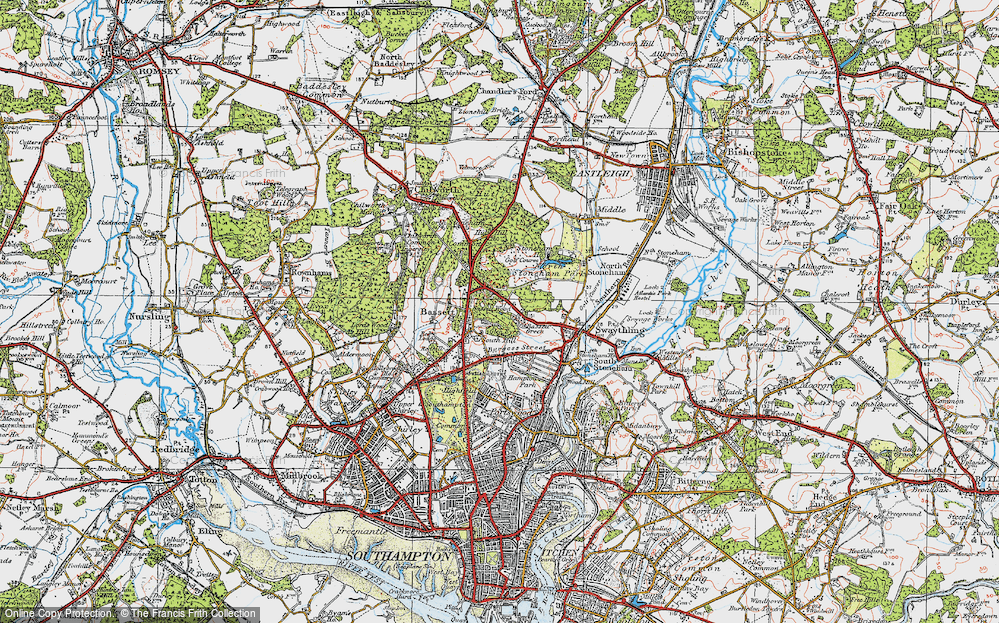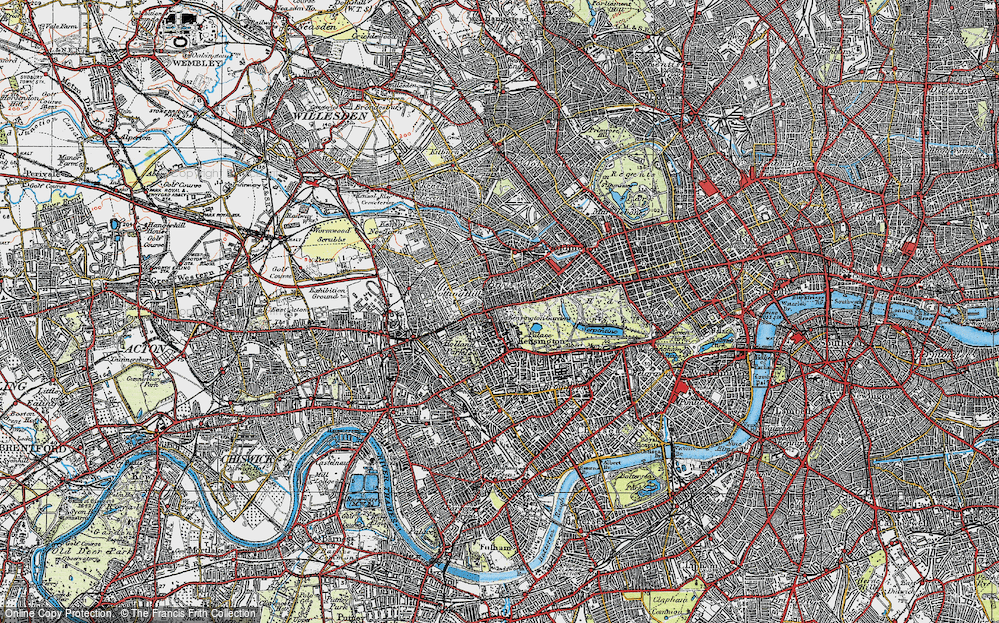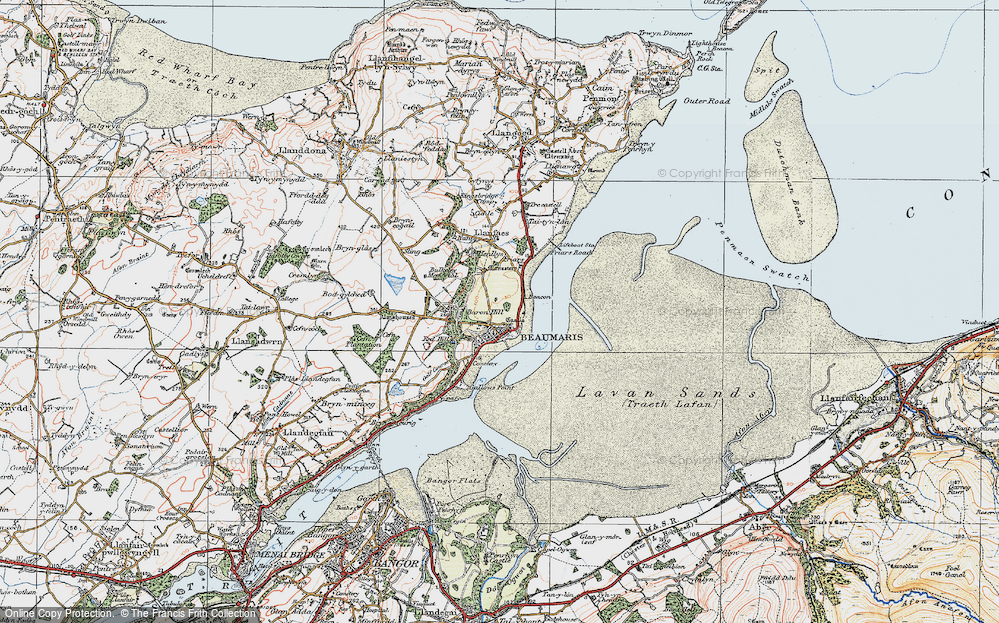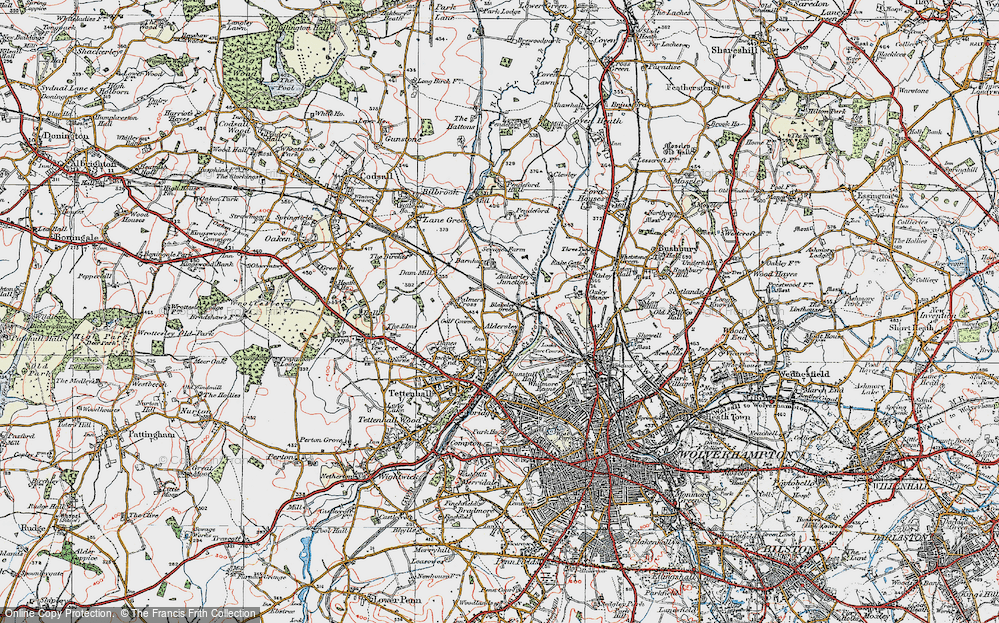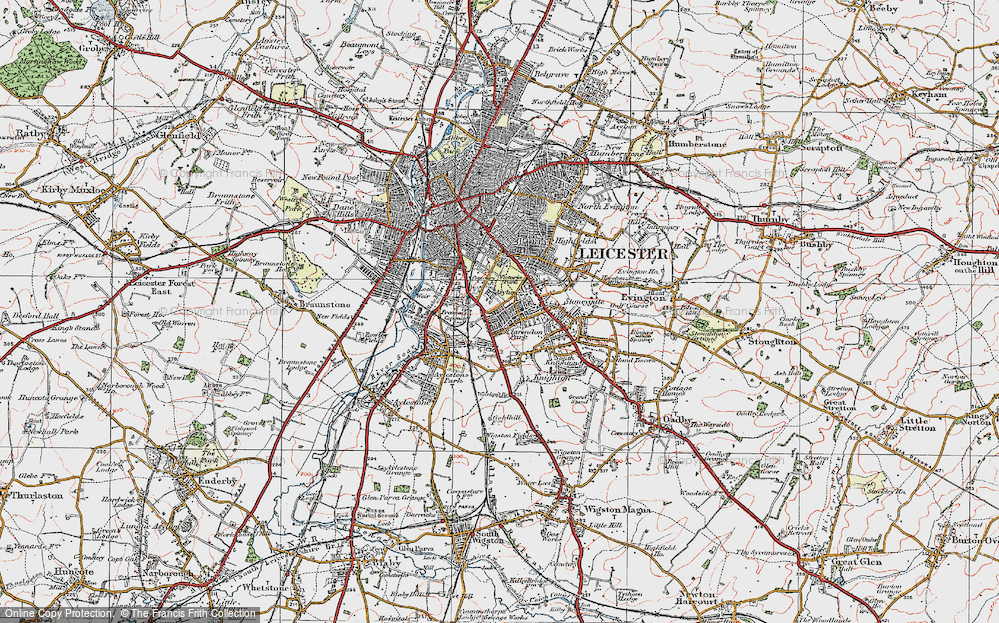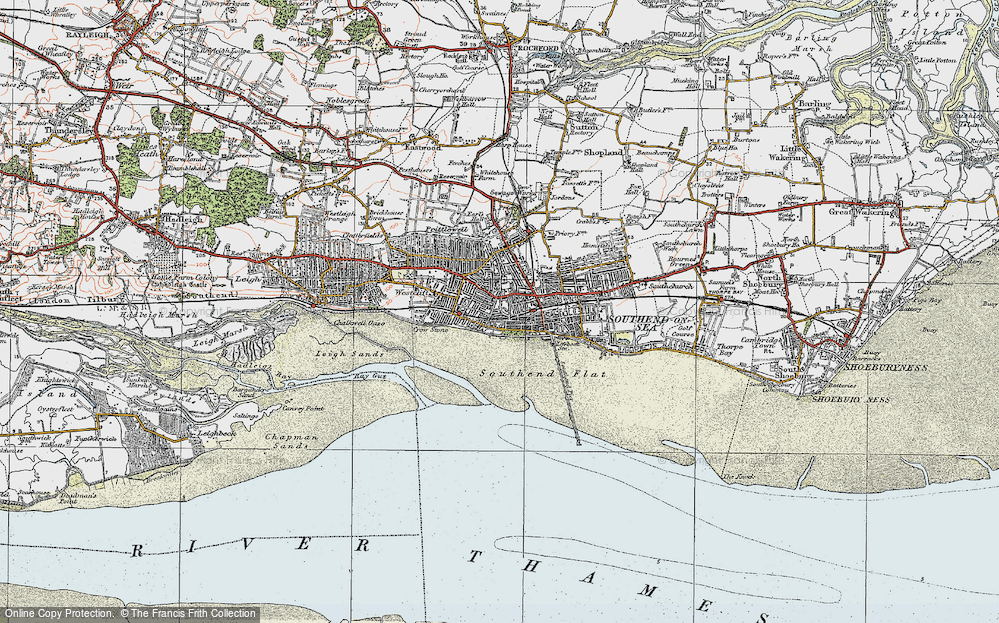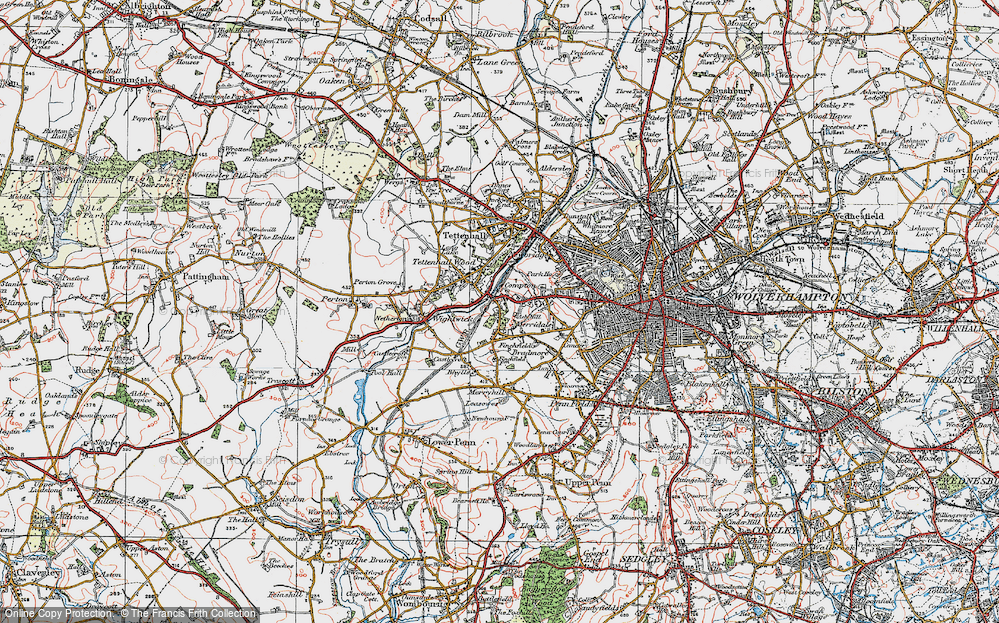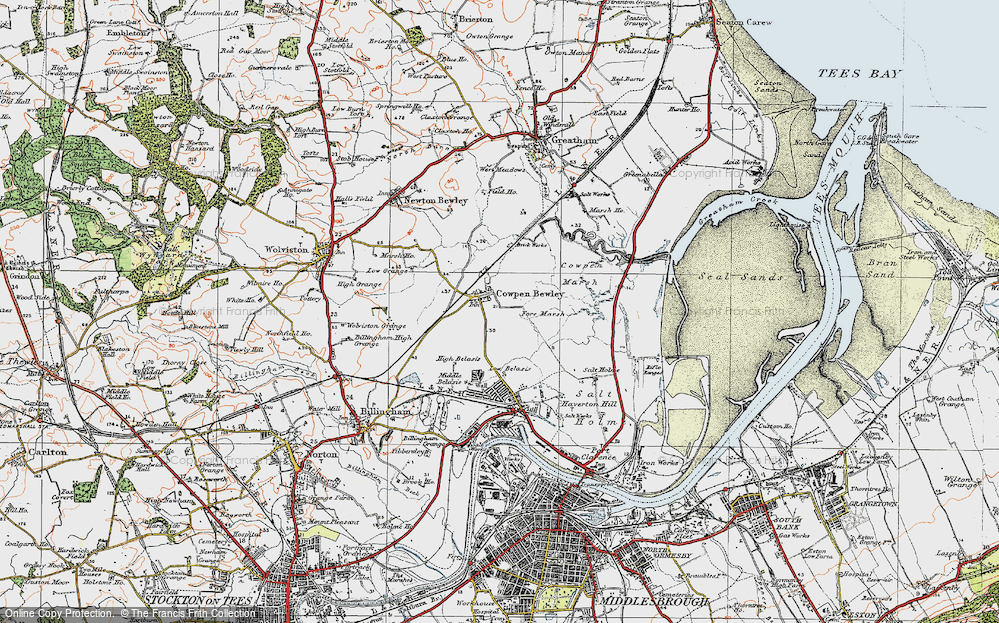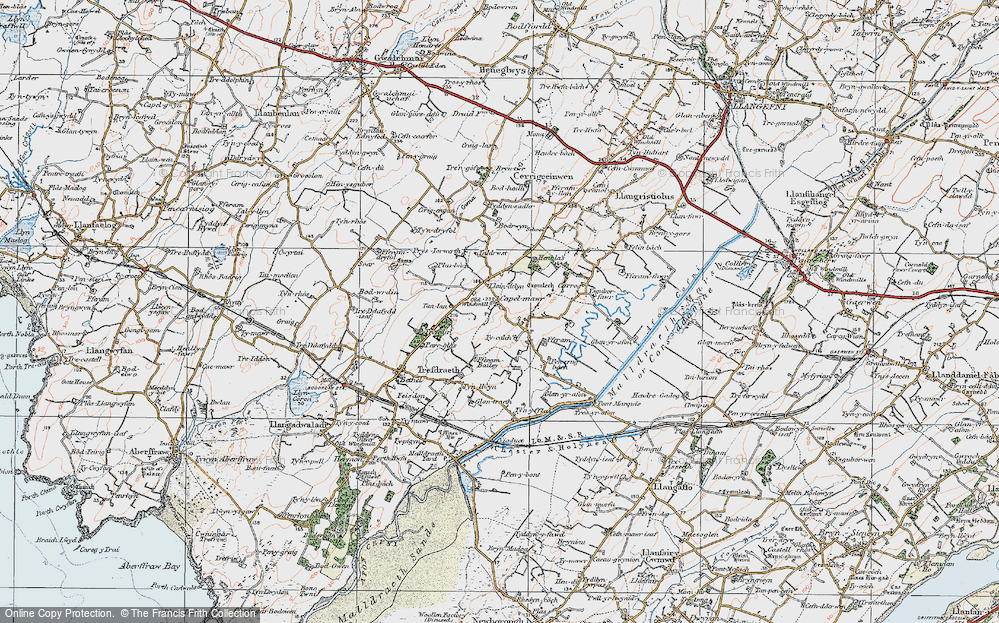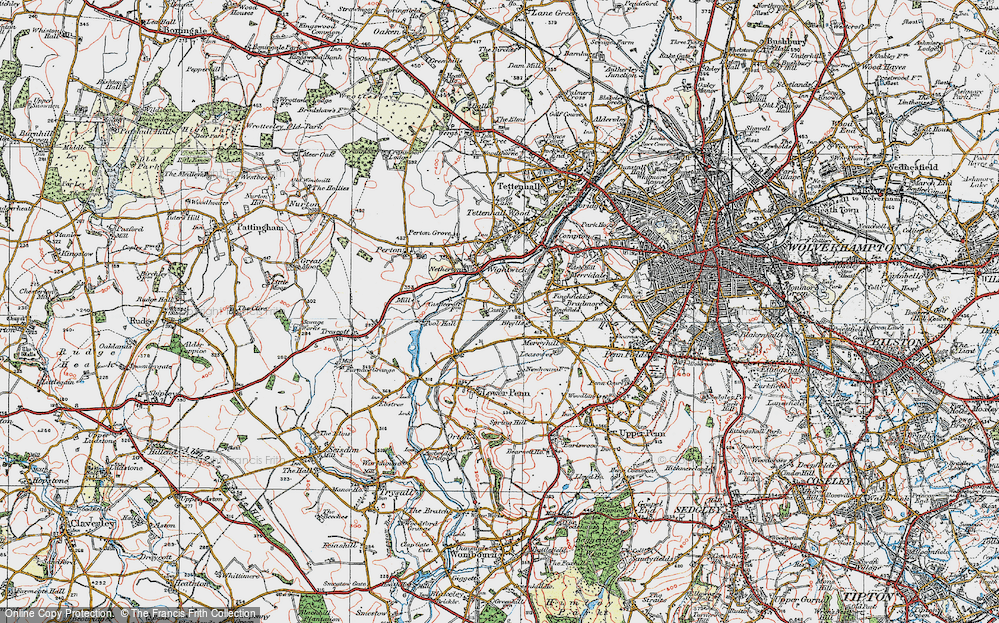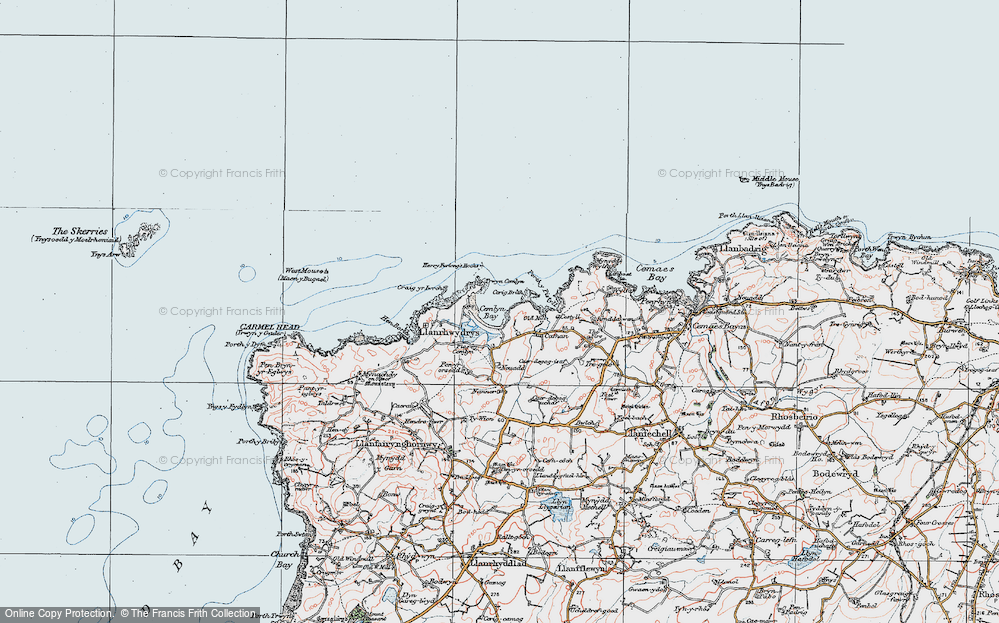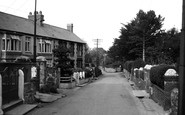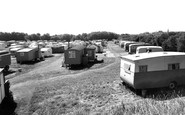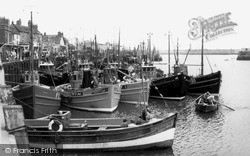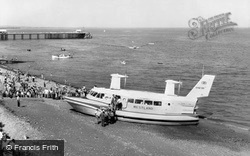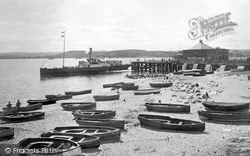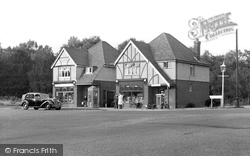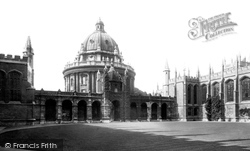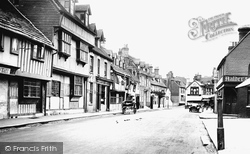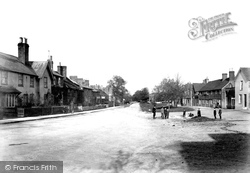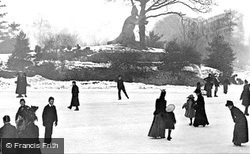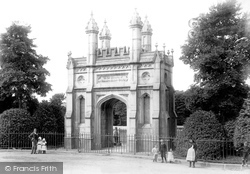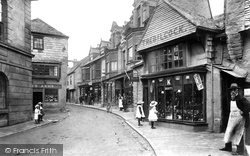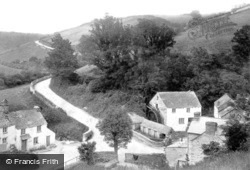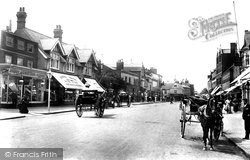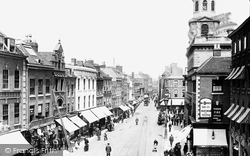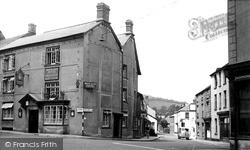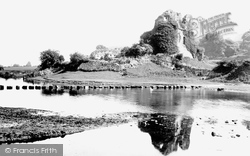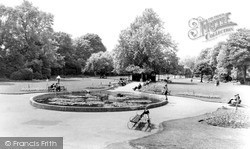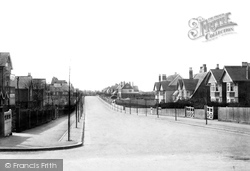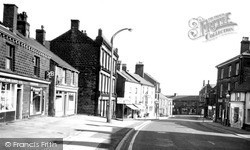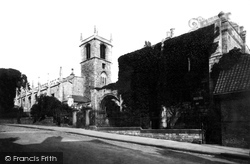Merry Christmas & Happy New Year!
Christmas Deliveries: If you placed an order on or before midday on Friday 19th December for Christmas delivery it was despatched before the Royal Mail or Parcel Force deadline and therefore should be received in time for Christmas. Orders placed after midday on Friday 19th December will be delivered in the New Year.
Please Note: Our offices and factory are now closed until Monday 5th January when we will be pleased to deal with any queries that have arisen during the holiday period.
During the holiday our Gift Cards may still be ordered for any last minute orders and will be sent automatically by email direct to your recipient - see here: Gift Cards
Places
Sorry, no places were found that related to your search.
Photos
Sorry, no photos were found that related to your search.
Maps
7,034 maps found.
Books
163 books found. Showing results 4,969 to 4,992.
Memories
22,913 memories found. Showing results 2,071 to 2,080.
Shopping With My Mum In Heathfield...
I remember in the 1960s going to Heathfield with Mum on the bus (we lived at Corner Farm, Swife Lane). We would go shopping and often would go into the Bluebird. Seeing that name in this picture brought ...Read more
A memory of Heathfield in 1965 by
Aspull Born And Bred
I was born in Bolton Road, Aspull. I started at St Elizabeth's School when I was four and a half. Didn't have far to travel - just cross the road (no cars then) and walk 10 yards and I was there. First day was with my gas-mask ...Read more
A memory of Aspull
Lyndhurst Road
I Was born in a house down Winchester Road in 1934. Then my parents moved when I was 3 years old to Lyndhurst Road and except for the war years did not move from there until I married at the age of 21 years. I would like to ...Read more
A memory of Highams Park by
Birth
This is not actually a memory, I was born at 26 BARUGH LANE, BARUGH, DARTON in 1942. I only have one vague memory, that is of a flat face bus. We moved to Wales about 1946, I have written to the above address but the letter was returned 'no ...Read more
A memory of Darton in 1942 by
Home
I was born 1941. My mum was Pearl Renowden, daughter of John Renowden my grandad, Auntie Elsie, Uncle Leslie, & my brother David. We lived at 132 Landreath Place, St Blazey. Uncle Tom & Auntie Hilda lived at the top of our road. I ...Read more
A memory of St Blazey in 1941 by
Postcards Of Llwyngwril
I have now discovered the existence of 229 separate postcards for this delightful village and of these I have collected 171. They range in date from 1890 to 2008 and Friths were the most prolific of publishers, issuing ...Read more
A memory of Llwyngwril by
I've Finally Found The Caravan Site
I spent many a summer at this caravan site. My Gran used to own a caravan there. I have so many found memories of the pace and even though last time I was there would have been about 25 years ago, I can ...Read more
A memory of Bridlington in 1870 by
Cavendish Road
My Step-Grandmother, Agnes Buncombe, (known as "Snowie") lived at No 2a Cavendish Road with her husband Sid, and her son Wallace Frank Jones (my StepFather) I loved spending weekends and holidays at Cavendish Road, if anyone remembers the above mentioned names, would love to hear from them.
A memory of Blundellsands in 1953 by
Burns Pit Disaster
From his seat, by the fire, my grandad could see the great mound of the spoil heap of Stanley Burns Pit. It was the site of a horrific explosion, on 16th February 1909, in which 168 men and boys lost their lives. He would ...Read more
A memory of Stanley in 1900 by
Your search returned a large number of results. Please try to refine your search further.
Captions
9,654 captions found. Showing results 4,969 to 4,992.
By this time the humble fishing cobles had developed into a sizeable fishing fleet of much larger boats, which meant that they could travel further afield for their catch.
In a bid to recapture the public's imagination and recreate the excitement and glamour of cross-channel travel, Campbell's were to introduce a hovercraft service in the summer of 1963.
A steamer sets out from Exmouth Pier, watched by boatmen on the nearby beach.
Historians are of the opinion that when the forester Purkiss took the body of William Rufus to Winchester, he must have travelled through or near Chandler's Ford, and roads here have been given the names
Burton's is pre-eminent on the left, and Pricerite is on the right, next to three shoe shops, Lennard's, True-Form and Frisby's. All have gone.
Founded in 1437 by Henry Chichele to commemorate Henry V and those who fell at Agincourt, All Souls is distinguished by some of the finest architecture in Oxford.
Here we see an independent co-educational day school for children aged from three to 18 years. This view looks at the first school buildings on the site, built from 1879 to 1895.
Serving both a rural area round about, and hundreds of overseas ports by way of trade, Plymouth reached its mercantile heyday in Victorian times.
The Rose and Crown brewers Nalder & Collyer have had their sign re-lettered, but the Greenstede Café is still at No 82 and the shop between Cromwell House and Sackville House is still a butcher's,
The tramway offered holiday-makers an alternative means of escape from the beach to the Esplanade, other than by the 224 steps cutting through the Spa Gardens, and all for just 1d.
Nowadays, virtually all we see in this tranquil Edwardian view of Crawley Green at the north end of the High Street has been swept away, although elements of the grassed area and a couple of trees survive
Pleasure seekers make the most of the winter weather skating on one of the many lakes. The Crystal Palace became a paradise for Londoners keen to escape the dirt and the grime.
This Gothic archway in granite ashlar with four tall octagonal pillars is a landmark that can be hardly missed at the foot of Coinagehall Street.
Trebilcock's shop is displaying the well-known brand of K shoes and boots.
Here we see the old corn mill deep in the valley at Crumplehorn in working order, with its overshot waterwheel fed by the trough of a launder.
Sir Walter Raleigh was found guilty of treason in the old Market House at Staines, which has since been demolished. A plague had prevented the Court from holding the trial in London.
The Star Tea Company boldly displays its wares, without the awnings employed by many of the other traders in this superb scene. Just look at the wonderful streetscape on the west side.
Rendering on the White Hart Hotel has been set within panels, but the decorative emphasis is lost in the application of a uniform colour to the façade.
Situated two miles south-south-west of Bridgend, Ogmore was originally a ringwork with a timber palisade built in 1116 by William de Londres to guard crossing points on the rivers Ewenny and Ogmore.
Here we have a view of Alexandra Gardens looking westwards. When the preceding photographs (25607 and 35371) were taken, the photographer would have been somewhere at the far end of the gardens.
The next three Edwardian views show Christchurch Park, which was the southern limit of development at that date.
Here we see the Cliff Railway in its entirety. Opened only five years before this picture was taken, the fare was 1d, the old penny being worth about .4 of a post-decimalisation one.
It was not always quiet on the streets of Penistone; until 1910 cattle and sheep were sold in the streets on Thursdays, and many a deal was struck over a pint or two at the Spread Eagle Hotel.
During the siege of York it is thought that guns were placed on the roof here, but there is some controversy about this.
Places (0)
Photos (0)
Memories (22913)
Books (163)
Maps (7034)



